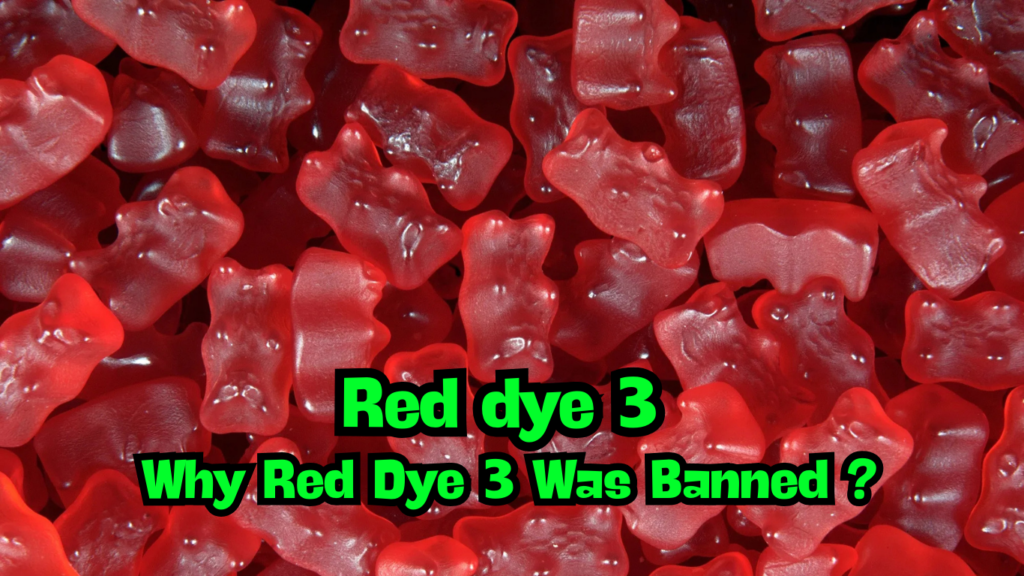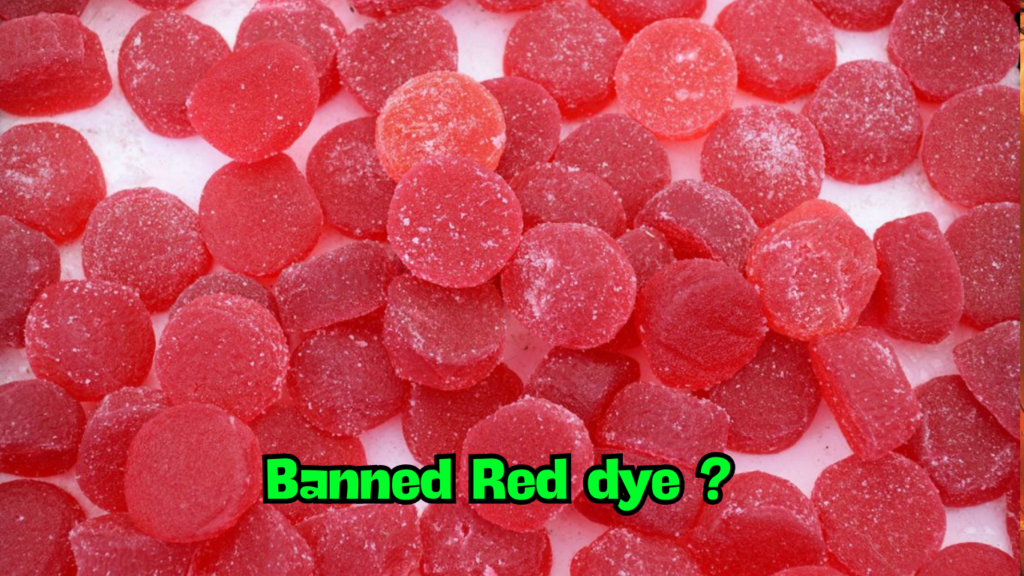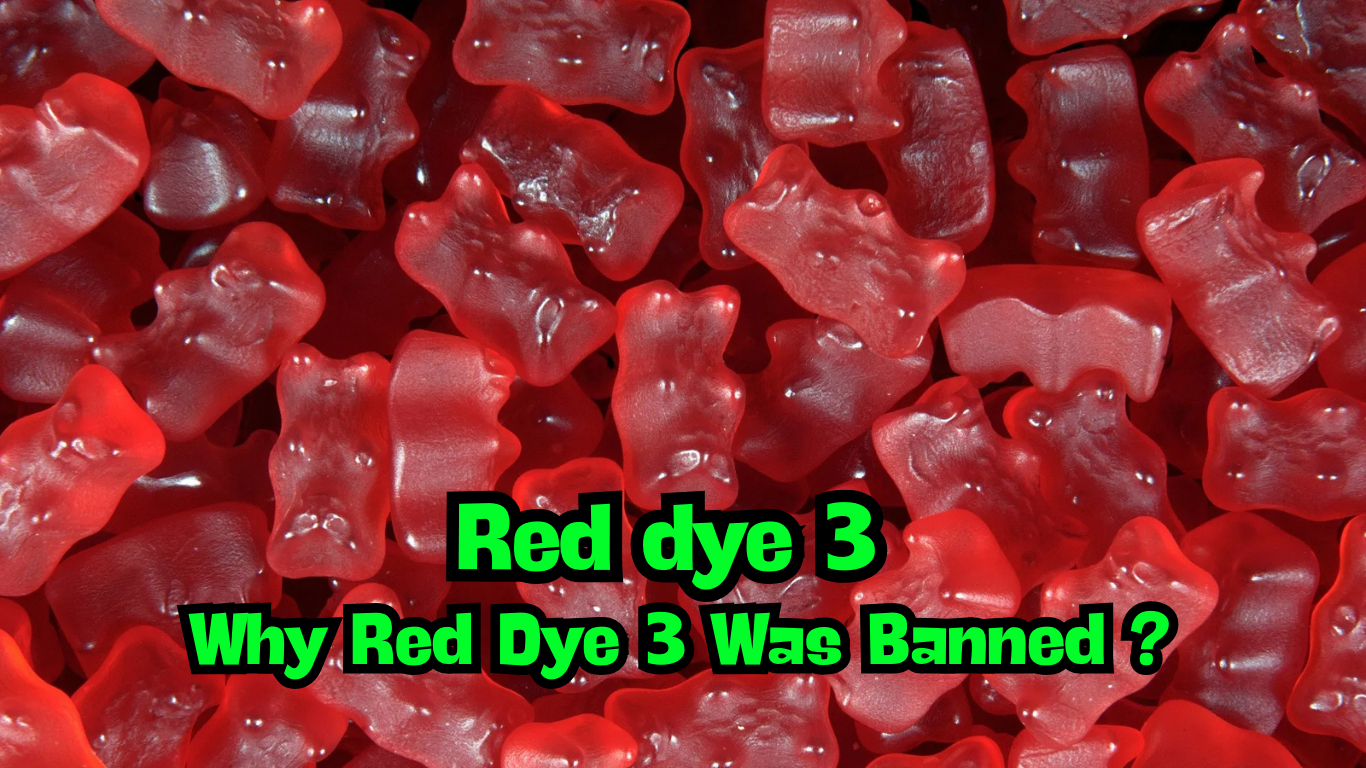
Red Dye 3, also known as Erythrosine, has been a controversial topic for years, often appearing in candies, cosmetics, and even pharmaceuticals. Despite its vibrant color and widespread use, this synthetic food dye has been banned in several countries, including the United States, for reasons that raise significant health concerns. But what exactly led to its ban? Let’s uncover the shocking truth behind this decision.
What Is Red Dye 3?
Red Dye 3 is a synthetic colorant derived from coal tar, commonly used to give foods and products a bright, appealing red hue. It has been used for decades in everything from cake mixes and frosting to makeup and medicines. However, its use is not without controversy.
The Health Concerns
The main reason behind the ban of Red Dye 3 revolves around its potential health risks. In the 1980s, studies began to surface suggesting a link between the dye and cancer. Specifically, animal testing indicated that Red Dye 3 could cause thyroid tumors in rodents. The concern was serious enough to catch the attention of the U.S. Food and Drug Administration (FDA) and other health agencies.
In 1990, the FDA took action and prohibited Red Dye 3 in cosmetics and external drugs. However, it continued to be allowed in food products, despite mounting concerns. The decision to ban it from certain products stemmed from these alarming findings, which pointed to its potential carcinogenic effects.
Also read – Severance Season 2: A Sci-Fi Game Changer
The Link to Cancer
Several studies over the years have examined the impact of Red Dye 3 on both animals and humans. One of the most significant studies, conducted by the National Toxicology Program (NTP), found that when fed in high doses, Red Dye 3 caused thyroid tumors in rats. This led to further research to determine if similar effects might occur in humans.
While human data is less conclusive, the findings from animal studies were enough to raise red flags. The dye was classified as a possible human carcinogen by the International Agency for Research on Cancer (IARC). In addition to thyroid issues, there are concerns about its potential to disrupt hormonal balance, which could lead to other long-term health problems.

The Regulatory Response
In response to these findings, the FDA issued a ruling in 1990 banning the use of Red Dye 3 in cosmetics and personal care products. However, the dye remained legal for use in food products, albeit with some restrictions. Despite being deemed “safe” in small amounts, public outcry and the growing body of scientific evidence against the dye continued to put pressure on regulators.
Countries around the world have taken a more stringent approach. In 1995, the European Union banned Red Dye 3 from food products entirely, citing safety concerns. In recent years, the dye has seen increasing restrictions, with many manufacturers opting for natural alternatives rather than risking the health of their consumers.
Public Awareness and the Shift to Alternatives
As awareness of the potential health risks grew, so did the demand for safer, natural alternatives to synthetic food colorants. This shift has led to an increase in the use of plant-based dyes like beet juice and turmeric, which are both safer and more sustainable.
In response to the growing health consciousness, many major food brands have voluntarily removed Red Dye 3 from their products, opting for colors derived from natural sources. This trend reflects the broader shift in consumer preferences towards clean, chemical-free products.
Conclusion
The ban of Red Dye 3 is a reminder of the importance of scientific research in protecting public health. What was once deemed harmless has now been reconsidered due to new evidence of its potential to cause cancer and disrupt hormonal balance. As the debate continues, it is clear that the health of consumers must always be the priority.
While the ban of Red Dye 3 may have been shocking to some, it has spurred an important conversation about food safety, the need for more natural alternatives, and the responsibility of food manufacturers to ensure their products are safe for consumption. As we move forward, it’s vital that we remain vigilant and informed about the products we consume, so we can make the best choices for our health and well-being.






